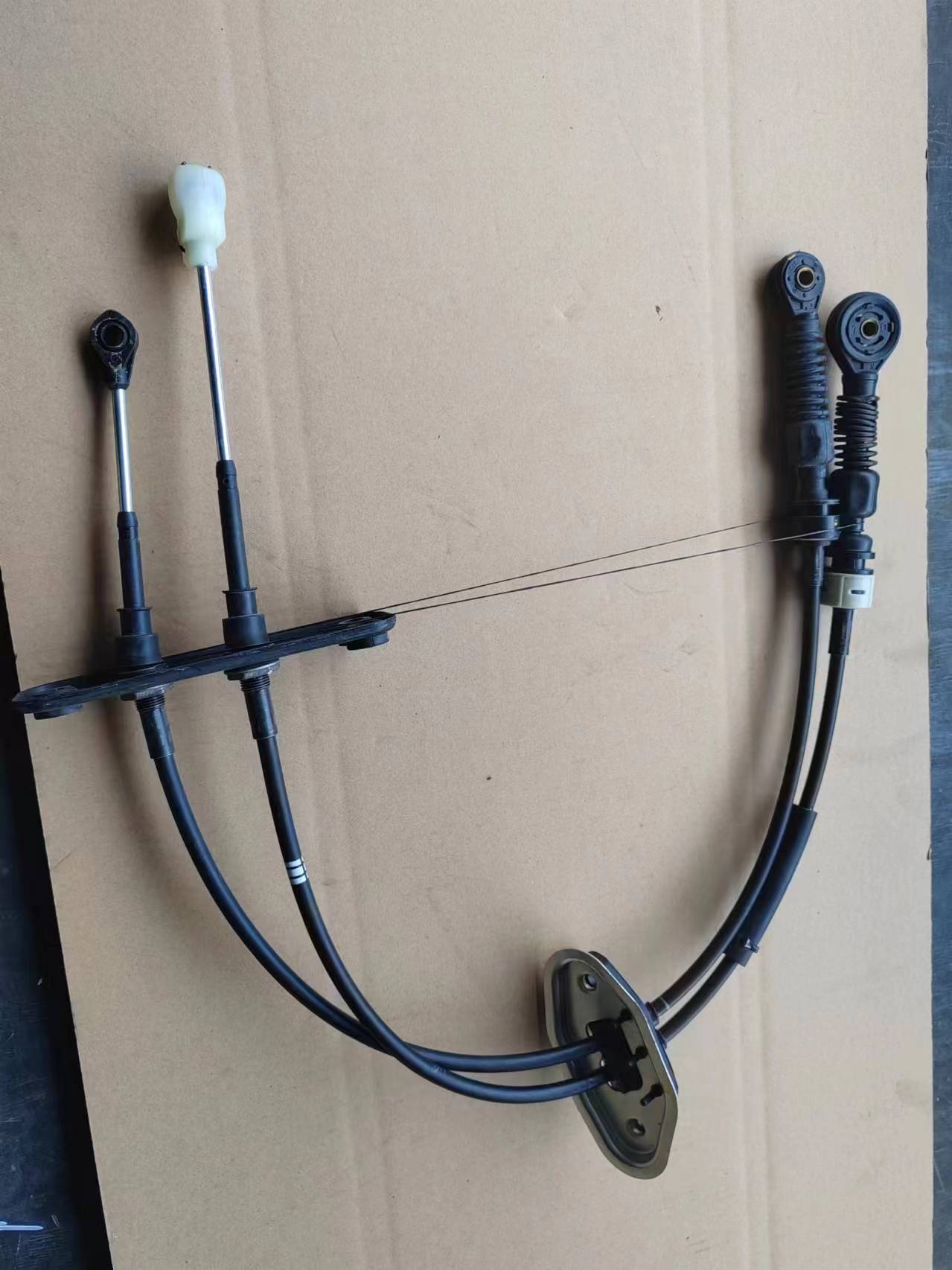shift cable linkage
Understanding Shift Cable Linkage Mechanics and Importance in Automotive Design
In the realm of automotive engineering, there exist various components that play a crucial role in the functionality and driving experience of vehicles. One such component is the shift cable linkage. This often-overlooked mechanism is pivotal for the effective operation of transmission systems in both manual and automatic vehicles. As we delve into the intricacies of shift cable linkages, we will explore their mechanics, significance, and even some troubleshooting tips to enhance vehicle performance.
What is Shift Cable Linkage?
Shift cable linkage refers to the system of cables and components that connect the gear shifter to the transmission. It is essentially a communication channel that transmits the driver’s intention—whether to shift gears up or down—directly to the transmission assembly. In modern vehicles, this linkage typically consists of a cable, brackets, and levers, all designed to work in harmony to facilitate smooth gear changes.
The primary role of the shift cable is to convey the movement of the gear shifter to the transmission while minimizing any potential slippage or misalignment. As the driver shifts gears, the cable either pulls or pushes, which in turn moves the transmission’s selector mechanism to the appropriate position. Depending on the vehicle's design, this can be achieved through a direct cable connection or through a more complex system of linkages that include pulleys and levers.
Mechanics of Shift Cable Linkages
At first glance, the mechanics of shift cable linkages may appear simple, but they encompass various engineering principles that ensure functionality, durability, and precision. The cables are typically constructed from high-quality steel or flexible polymers, allowing for both strength and flexibility.
The installation of shift cable linkages must be precise
. Misalignment during installation can lead to difficulties in shifting gears, resulting in a frustrating driving experience and potential vehicle damage. Mechanics must ensure that the cables are free from bends, kinks, or damage, and that they are correctly routed through brackets and supports to avoid interference with other components in the vehicle.Moreover, the adjustment of the shift cable is paramount. Most vehicles feature a method for adjusting the cable tension, allowing for fine-tuning to achieve optimal performance. This adjustment can compensate for wear and tear over time, as cables can stretch and throw off the delicate balance needed for accurate gear selection.
shift cable linkage

Importance of Shift Cable Linkages
The importance of shift cable linkage extends beyond mere gear shifts. A well-functioning cable linkage system contributes significantly to various aspects of vehicle performance, including driver safety, fuel efficiency, and overall driving comfort. Efficient gear shifting aids in the proper engagement of the transmission, which allows the engine to operate at its optimal RPM range. This can lead to improved fuel economy, reduced emissions, and extended engine life.
Furthermore, a faulty shift cable system can result in safety hazards. If the cable disconnects or becomes detached, the driver may lose complete control over gear selection, leading to potentially dangerous situations. Regular maintenance and inspection of the shift cable linkage are thus essential for ensuring that it remains in optimal condition.
Troubleshooting Common Issues
Common issues with shift cable linkages often manifest as problems shifting gears, unusual noise during gear changes, or even the vehicle slipping out of gear. In many cases, these issues can be traced back to cable misalignment, wear, or damage. Drivers experiencing these problems should consult with a qualified mechanic who can diagnose the issue accurately.
Additionally, lubricating the cable at regular intervals can prevent the cables from binding and ensure smooth operation. It is also advisable for vehicle owners to perform periodic inspections to check for signs of fraying or corrosion.
Conclusion
In conclusion, shift cable linkages are a vital but often underestimated component of automotive design. Their role in enabling smooth gear shifts and ensuring optimal vehicle performance cannot be overstated. Understanding the mechanics and importance of shift cable linkages not only enhances knowledge for automotive enthusiasts but also fosters better maintenance practices, ensuring vehicles operate safely and efficiently. Whether you're a seasoned driver or a newcomer to the world of automobiles, recognizing the significance of this mechanical link can greatly enhance your driving experience.
-
Workings of Clutch Pipe and Hose SystemsNewsJun.04,2025
-
The Inner Workings of Hand Brake Cable SystemsNewsJun.04,2025
-
The Secrets of Throttle and Accelerator CablesNewsJun.04,2025
-
The Hidden Lifeline of Your Transmission Gear Shift CablesNewsJun.04,2025
-
Demystifying Gear Cables and Shift LinkagesNewsJun.04,2025
-
Decoding Clutch Line Systems A Comprehensive GuideNewsJun.04,2025
